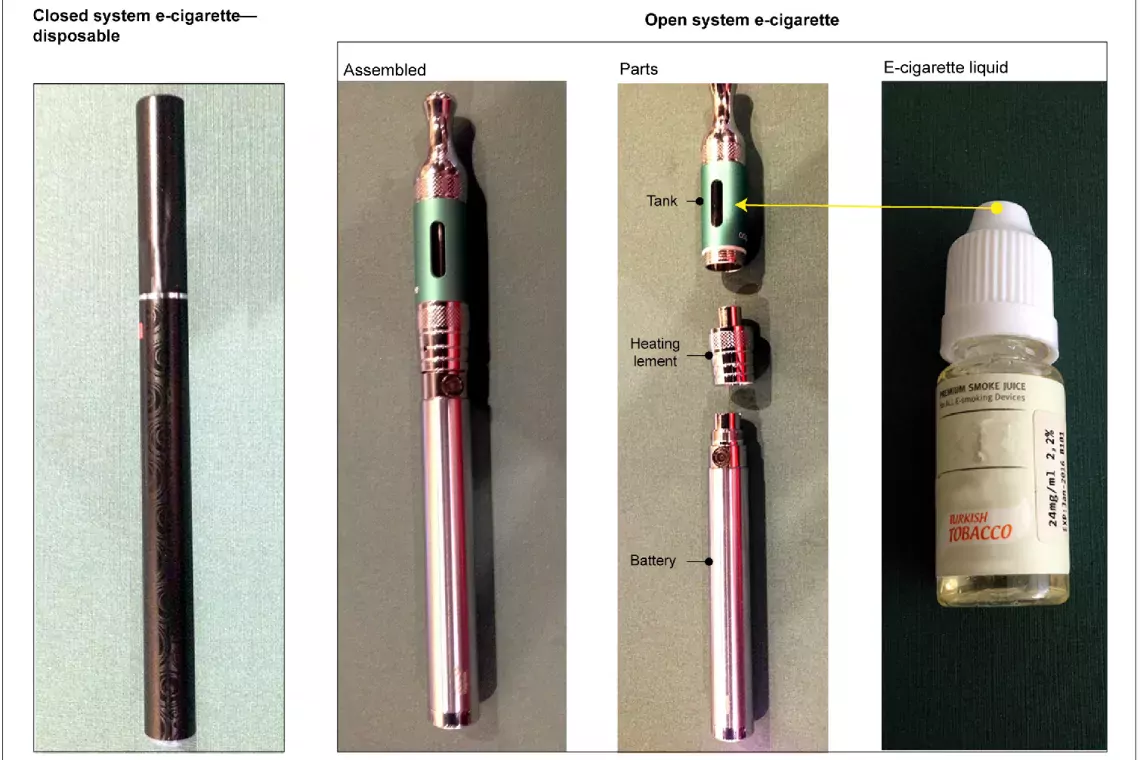Manufacturing Success
What do textiles, food, and chemicals have in common? They are all produced by manufacturing—a critical component of the nation’s economy. So how does the nation ensure its manufacturers stay competitive? For Manufacturing Day, we highlight what we found when we compared U.S. manufacturing support to some innovative strategies used around the world.
Lending manufacturers a helping hand
Manufacturing has changed significantly in recent years, becoming more automated, complex, and globalized. To help support domestic manufacturing, governments can create programs and policies in the areas of innovation, trade, and training.
 (Excerpted from GAO-13-365)
(Excerpted from GAO-13-365)
Looking abroad
So how does the United States differ from other countries? We looked at what Canada, Germany, Japan, and South Korea do for their manufacturing sectors.
 The good news is that we’re mostly all on the same page. For example, the United States and these 4 countries all provide significant innovation support.
The good news is that we’re mostly all on the same page. For example, the United States and these 4 countries all provide significant innovation support.
However, the foreign programs provide more publicly funded research to help manufacturers create products that everyone can use. Japan, for instance, has nearly 200 Public Industrial Technology Research Institutes, or Kohsetsushi Centers, that provide training, technical assistance, and other help. A Japanese electronics manufacturer could, for example, use a voltage-testing room in Tokyo's Metropolitan Industrial Technology Research Institute to test whether its products can withstand an electromagnetic shock.
Building a highly skilled workforce
The differences don’t end there. Germany provides manufacturers with a supply of skilled workers through its national “dual training system,” which combines both education and work-based learning. Students who enter these programs—over half of all German high school students in 2013—may, for example, train alongside employees to build the skills employers know workers need.
And this dual training system is more than high school credits. It helps establish and standardize the skills for various technical professions, making it easier for employers to assess a worker’s skills when hiring.
In contrast, the United States has a more decentralized approach to worker training programs. Here, states and localities largely run these programs, so there isn’t a single, national training system.
Yet, some U.S. students may be getting a taste of German-styled training. When we looked across the country, we found some localities partnering with manufacturers to provide classroom and work-based learning, similar to the German dual training system.
In addition, a nationwide U.S. skills standard may be in the works. The Manufacturing Institute, a group representing manufacturing industry interests, with the help of federal agencies such as the Department of Labor, was developing a Skills Certification System. This would establish a comprehensive set of portable, industry-recognized credentials that manufacturing workers could present when job-seeking.
For more on our nation’s workforce, check out our key issues page on employment in a changing economy.
- Comments on GAO’s WatchBlog? Contact blog@gao.gov.
GAO Contacts
Related Products

GAO's mission is to provide Congress with fact-based, nonpartisan information that can help improve federal government performance and ensure accountability for the benefit of the American people. GAO launched its WatchBlog in January, 2014, as part of its continuing effort to reach its audiences—Congress and the American people—where they are currently looking for information.
The blog format allows GAO to provide a little more context about its work than it can offer on its other social media platforms. Posts will tie GAO work to current events and the news; show how GAO’s work is affecting agencies or legislation; highlight reports, testimonies, and issue areas where GAO does work; and provide information about GAO itself, among other things.
Please send any feedback on GAO's WatchBlog to blog@gao.gov.



